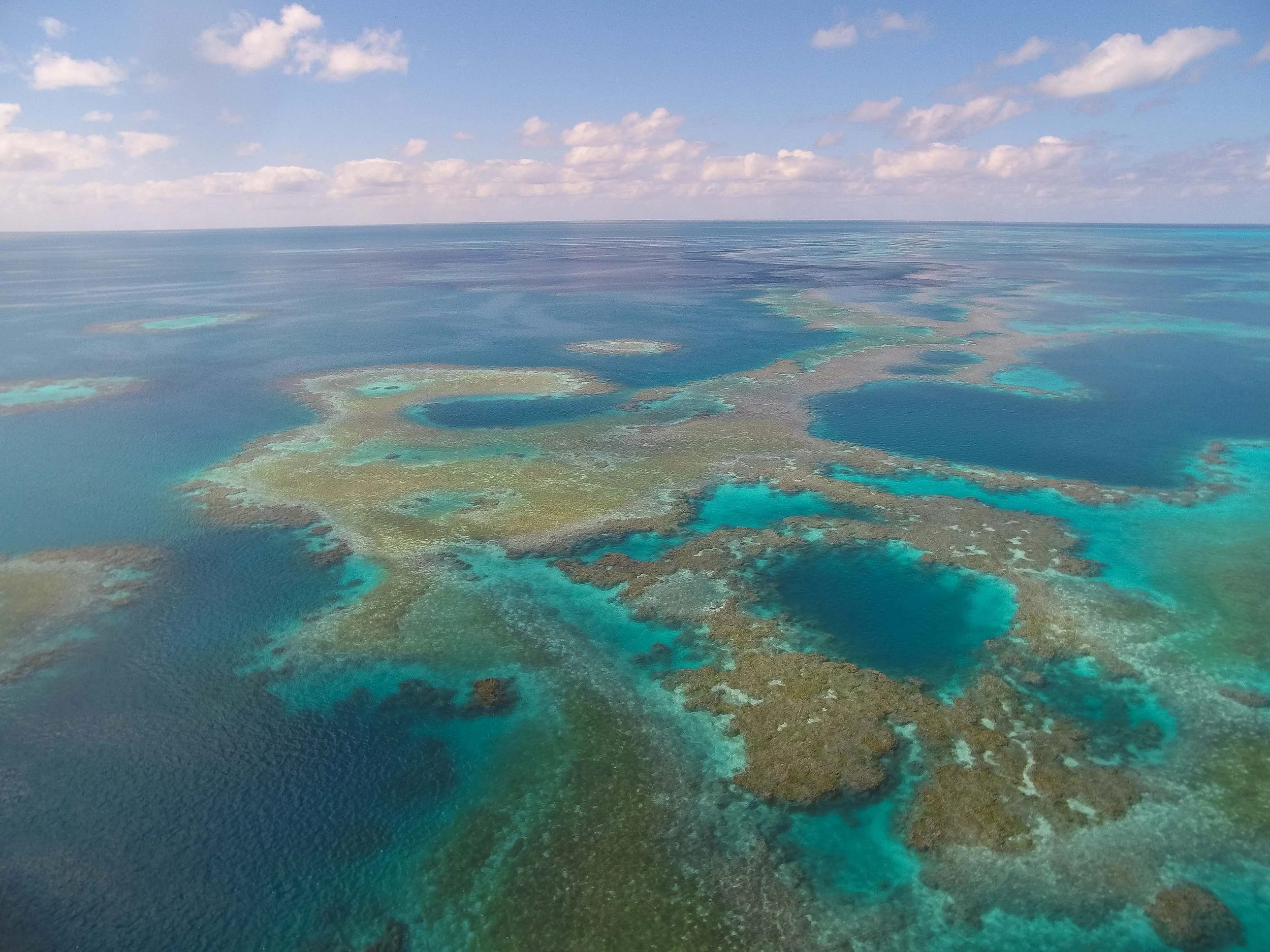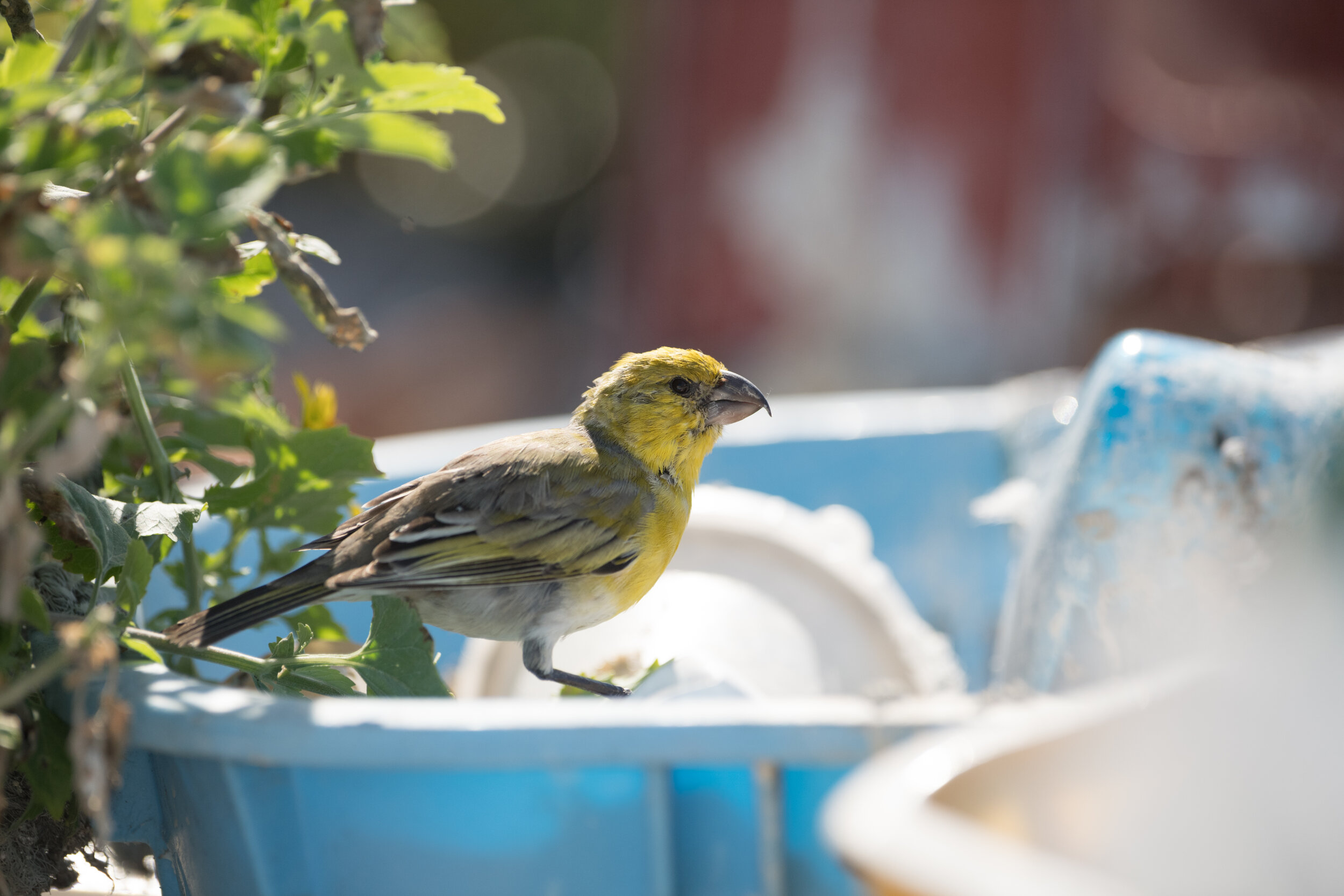
HUMANITY IS UNITED
BY THE OCEAN
The Papahānaumokuākea Marine Debris Project (PMDP) is a U.S. 501(c)(3) non-profit organization created to protect the sensitive wildlife and critical habitats of the Papahānaumokuākea Marine National Monument (Northwestern Hawaiian Islands) from the threats of marine debris.
OUR WORK
Execution of annual large-scale marine debris removal missions to Papahānaumokuākea to remove derelict fishing nets and plastics from the reefs and shorelines
Raising awareness of the issue of marine debris and inspiring change through education and outreach
Engaging the greater Hawaiʻi community in the stewardship and care of Papahānaumokuākea
Working for creative solutions for recycling and re-utilization of the waste-stream
OUR VALUES
An inclusive approach to solving environmental issues in Hawaii: Pairing science with local knowledge, nature with culture, and fostering a grassroots sense of place.
Engaging youth and multi-generational communities of different backgrounds in helping to solve the problem of marine debris in Papahānaumokuākea.
Efficiency and innovation: working to find better and most cost effective ways to combat the problem with marine debris in Papahānaumokuākea.












